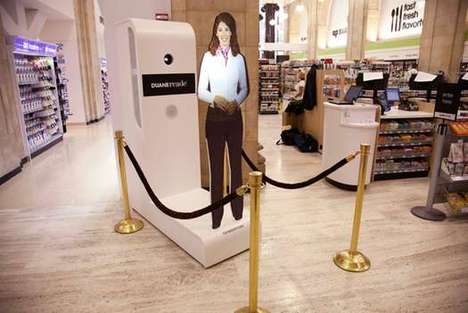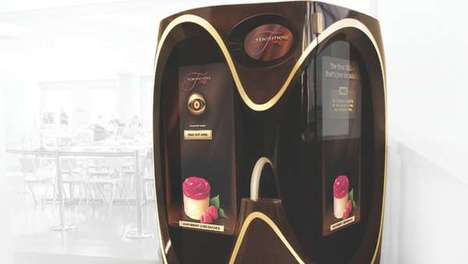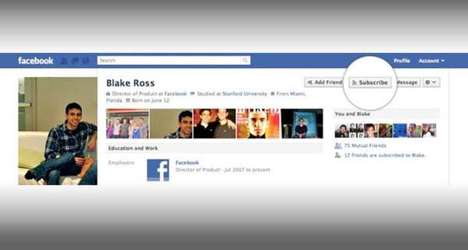How Facial Recognition Marketing Can Build Connections with Consumers
Related Trend Reports
AI, Computers, Fashion, Gadgets, Interactive, Lifestyle, Marketing, Mobile, Retail, Social Media, Tech In today's society, customized options are readily available, and facial recognition marketing capitalizes on this need for personalization. Many websites online adjust according to your preferences, which is judged on previously searched for items. For consumers looking at the latest cat videos on YouTube, the next time they visit the popular film-sharing community they will see the latest in feline subject matter. With the online world, advertisers can target certain communities based on this knowledge, but it's a bit different in the real world.
In today's society, customized options are readily available, and facial recognition marketing capitalizes on this need for personalization. Many websites online adjust according to your preferences, which is judged on previously searched for items. For consumers looking at the latest cat videos on YouTube, the next time they visit the popular film-sharing community they will see the latest in feline subject matter. With the online world, advertisers can target certain communities based on this knowledge, but it's a bit different in the real world. Facial recognition marketing has this capacity to target specific demographics and individuals. Companies like Kraft are starting to use these tactics to determine the age and gender of customers, but not the person's actual identity. This enables the company to change what certain consumers see, and hopefully appeal to more unique tastes. For example, for women in their late twenties and early thirties, the billboard will show recipes suitable for young children, assuming that ladies in this age bracket will most likely be mothers. While this may not be applicable to all women of this age, statistics show that most individuals of this age and gender would find this information more useful than seeing a large box of Kraft dinner devoured by college students.
As seen in Trend Hunter's Marketing Trend Report, other companies such as Coca Cola in Israel have employed facial recognition marketing techniques to engage with customers. Using Face Look (a form of recognition technology) the company set up booths at various music festivals. Attendees must first download the app to Facebook, and can then be scanned at various machines throughout the venues with automatic updates sent to their profiles. By integrating this technology with its marketing campaign, Coca Cola encourages interaction with the brand while engaging consumers.
These efforts at mass customization can take a few different forms, but the main point of facial recognition marketing is to assess the basic needs of individuals, and offer products accordingly. If the online world is becoming more in synch with what viewers want, why not try and bring this to the real world? Marketers who manage to do so can drastically pull ahead of the competition without wasting time sending messages to those who aren't the target demographic. Privacy issues are still a concern for going as far as fully identifying consumers, but assessing demographics through this technology is still largely untapped.
References: trendreports


